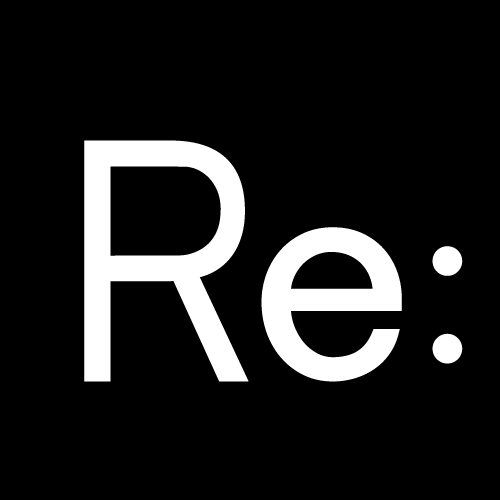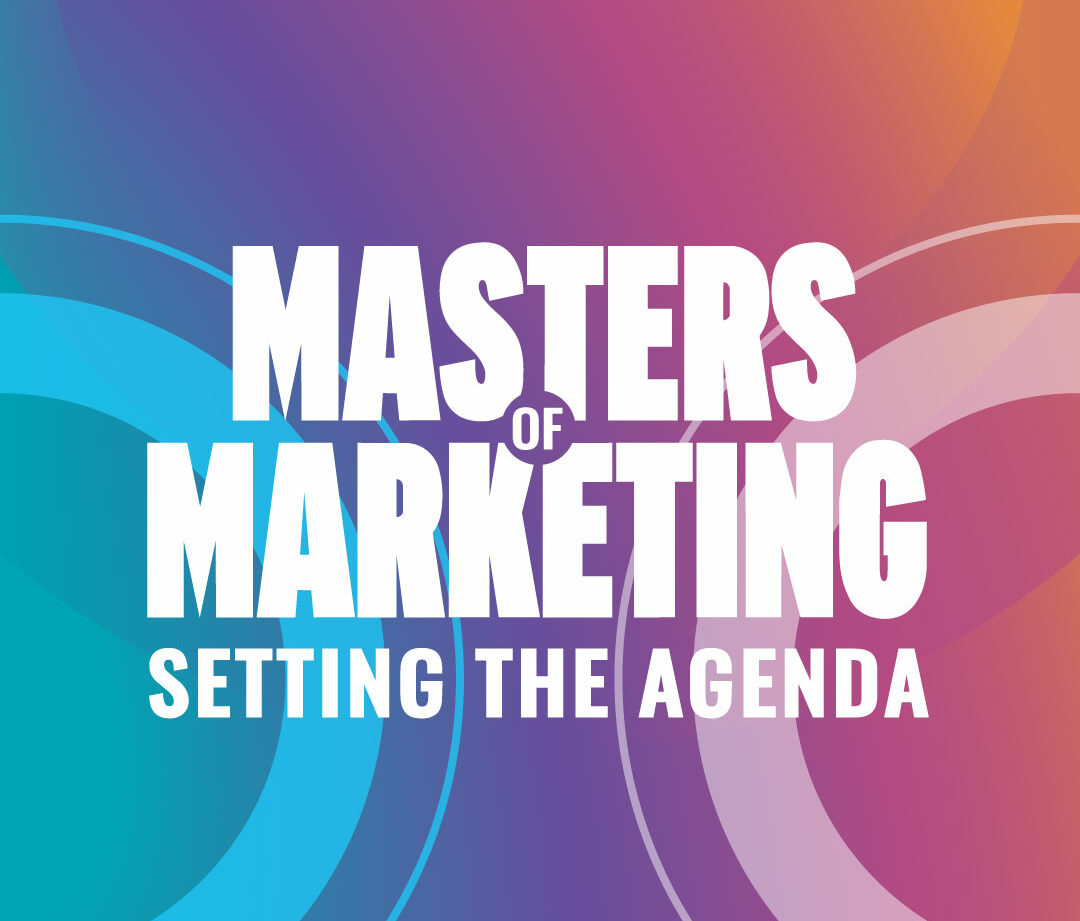In an era of fragmented attention and heightened expectations, marketers must find smarter, more human ways to connect with consumers, especially in competitive sectors like CPG and Pharma. It’s a strategic imperative.
With over 40 years of experience, Response Media has proven that the most effective marketing strategy lies at the intersection of behavioral science, cultural fluency, and evidence-based frameworks. Our strategic foundation builds on two proven and well-cited scientific models: Optimal Stimulation Level (OSL) and the Necessity-Concerns Framework (NCF). Leveraging these models, we arm strategists with a deeper understanding of people’s decision-making patterns, allowing for more empathetic, personalized, and effective engagement that ultimately influences action.
Why does a behavioral science strategy work?
People are not passive recipients of brand messages; they actively seek information and experiences that align with their internal need for stimulation. The OSL theory helps us identify what we’ve termed EDGE Moments of Engagement. Identifying these key opportunities enables brands to tailor content and media based on each consumer’s preference for novelty, risk, or familiarity.
In practice, this means designing acquisition, engagement, and media strategies that align with the psychological intensity desired by different audiences. As noted by Esch et al. (2021), when personalization meets the right stimulation threshold, a person’s response can be significantly improved.
Whether it’s a Pharma patient facing complex health decisions or a CPG shopper overwhelmed by choices, aligning with their optimal stimulation level can make the difference between a fleeting glance and a decisive conversion.
Meanwhile, the NCF provides valuable insight into how people evaluate the ‘necessity’ of a product. In Pharma, understanding the perceived necessity of a medication, versus a person’s concerns about side effects, risks, or trust is essential. This framework enables us to develop engagement and content strategies to address – and overcome – barriers to starting and maintaining treatment. By aligning communication with patients lived experiences and belief systems, we are more likely to enhance acquisition, retention, and loyalty efforts.
No framework is complete without considering the cultural context. For example, Livingstone et al. (2017) found that meaningful engagement requires understanding how culture, age, and environment shape consumer behavior, particularly in today’s diverse society. Therefore, our strategic approach is tailored not only to psychographic and behavioral signals but also to social norms and personal realities.
Bringing Science to Life: Turning Insight into Impactful Strategy
At Response Media, we don’t just apply theory; we operationalize it. We personalize outreach to healthcare providers based on prescription histories and tailor CRM journeys rooted in belief systems and stimulus requirements. This approach helps brands move beyond simply reaching audiences to building genuine, long-lasting relationships.
Behavioral science is not just a buzzword; it’s a competitive advantage when applied correctly. Marketers who embrace it will drive meaningful change to drive brand growth and increase market share.
Insight Author: Dr. Alvin Glay

Citations:
Esch, P. V., Cui, Y., & Jain, S. P. (2021). Stimulating or intimidating: The effect of AI-enabled in-store communication on consumer patronage likelihood. Journal of Advertising, 50(1), 63–80.
Livingstone, S., Nandi, A., Banaji, S., & Stoilova, M. (2017). Young adolescents and digital media: uses, risks, and opportunities in low-and middle-income countries.














